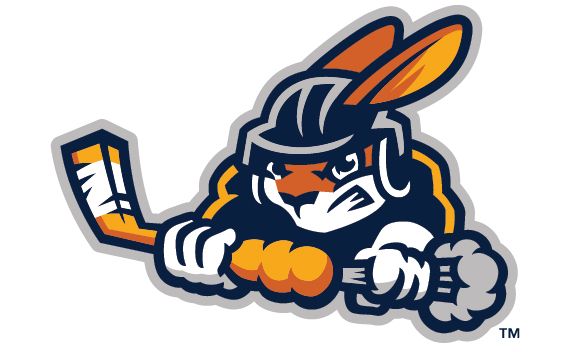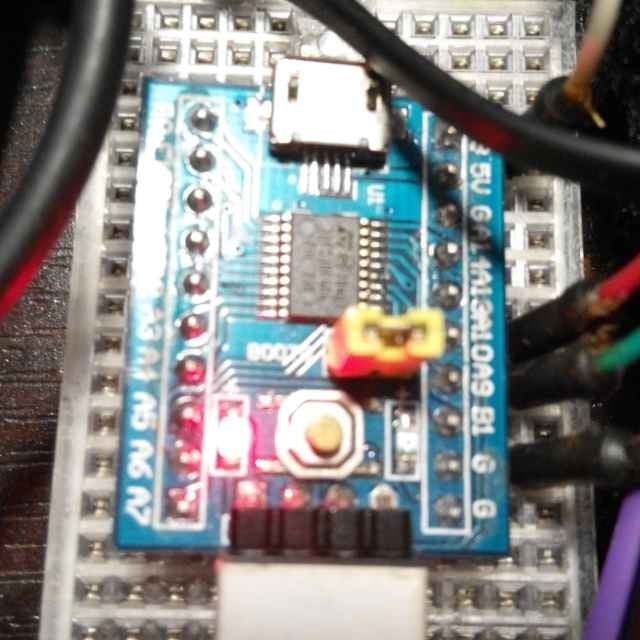Being born in France, I was immersed in Japanese culture from a very young age
What
Baguette Kanji’s bro, duh
There’s a long history of Japanese-French animation, going back to at least Ulysses 31 in 1981. There’s a tonne of anime (Dragonball Z, Nicky Larson/City Hunter) which I remember seeing on French TV maybe a decade before it appeared on cable/satellite in the UK, at least. Vs the US, yeah maybe it’s a weird statement. But vs the rest of Europe? Not so much.
The emphasis on Kanji composition is hilarious to me since that’s Chinese and in Chinese it’s got all the dials turned to 11.
I agree. Also as someone who knows Japanese to some extent, the real 肉 and 骨 is memorizing all the exceptions where the neat kanji rules don’t work, like when the pronunciation doesn’t match the look of the kanji.
As the old idiom goes: the devil is in the details. And there’s a looooooooooooooooooooooooooooooooot of devilry in 汉字.
Oo, oo, meat and potatoes?
Chinese doesn’t have a phonetic alphabet, so basically all the writing is in hanzi. Japanese kanji were basically just taken from hanzi, but they also have a phonetic alphabet, so they don’t need all the words to have a kanji equivalent.
Also, there’s much less overlap in pronunciation of Japanese words than in Chinese. It makes sense that you would have more characters to represent more words when their pronunciation is identical.
That wasn’t my point.
My point was he was waxing rhapsodic about how cunning it was that the Japanese combined Kanji when they basically just used (a subset of) Chinese writing where that combined Hanzi has been a feature for literally thousands of years (in various forms).
Kanji means Chinese(Kan) character(Ji) in Japanese, and the Japanese know that it came from China. Hiragana and Katakana are also based on Kanji.
Tha does seem fun, but for someone who has zero idea of Japanese, how “scalable” is this for the rest of the language? Does it generally follow the pattern or is it like 95% of the intros/tutorials where everything falls apart the moment you try to do something slightly more complex than the example?



